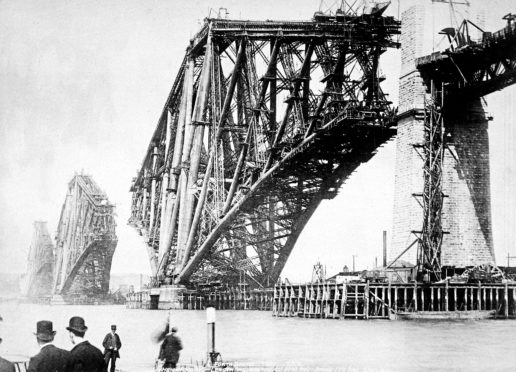
If a picture is worth 1000 words, then the images in the MacKinnon Collection say more than a library full of history books.
Described as Scotland’s Photograph Album, some of its 14,000 images are on display for the first time since being purchased jointly by the National Galleries of Scotland and National Library last year.
Covering 100 years, from the 1840s to the 1940s, the images don’t just chronicle a changing nation, but also the early history of photography.
Murray MacKinnon, a photography enthusiast who ran a chain of film-processing shops in the 1980s, gathered the collection over a number of years. He later sold it to a private collector, but it is now in the possession of the public after a £1million acquisition.
The collection’s curator, Blake Milteer, said: “The century of Scottish history depicted in the photographs show great changes in Scottish life and achievements.
“We can also see the rapid developments in photo technology itself, with the collection beginning in the decade after photography was introduced. Much of what we are familiar with when it comes to photography really had its beginnings in that century.
“In terms of the technology of photography and as an art form, Scotland was at the forefront.
“In the 100 years represented, we see dramatic increases in tourism to Scotland and photographs in many ways contributed to that market.
“We also saw some groundbreaking photographers, such as English inventor William Henry Fox Talbot, one of the innovators of the first photographic processes, coming to Scotland. He made a series of photographs here and published it as one of the first monographs.”
Here, Blake talks about a few of the pictures on display and explains their significance.
Women’s Charity Football Match, 1930s, Scottish Pictorial Press.
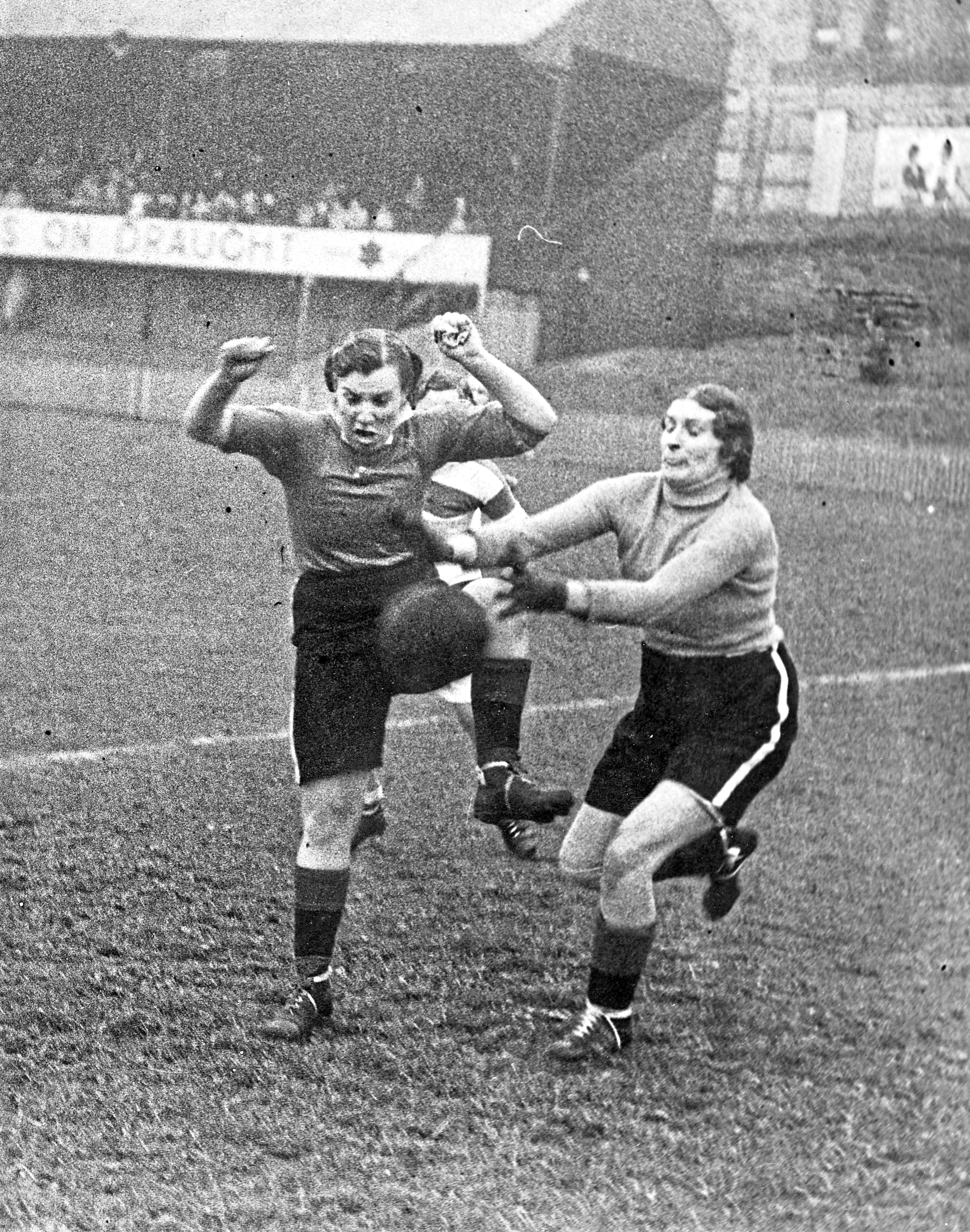
This image and the hammer thrower, top right, shows how cameras captured split-second action, not possible in the earlier days the collection covers.
Dawn of Light and Liberty, 1920s, John D Stephen
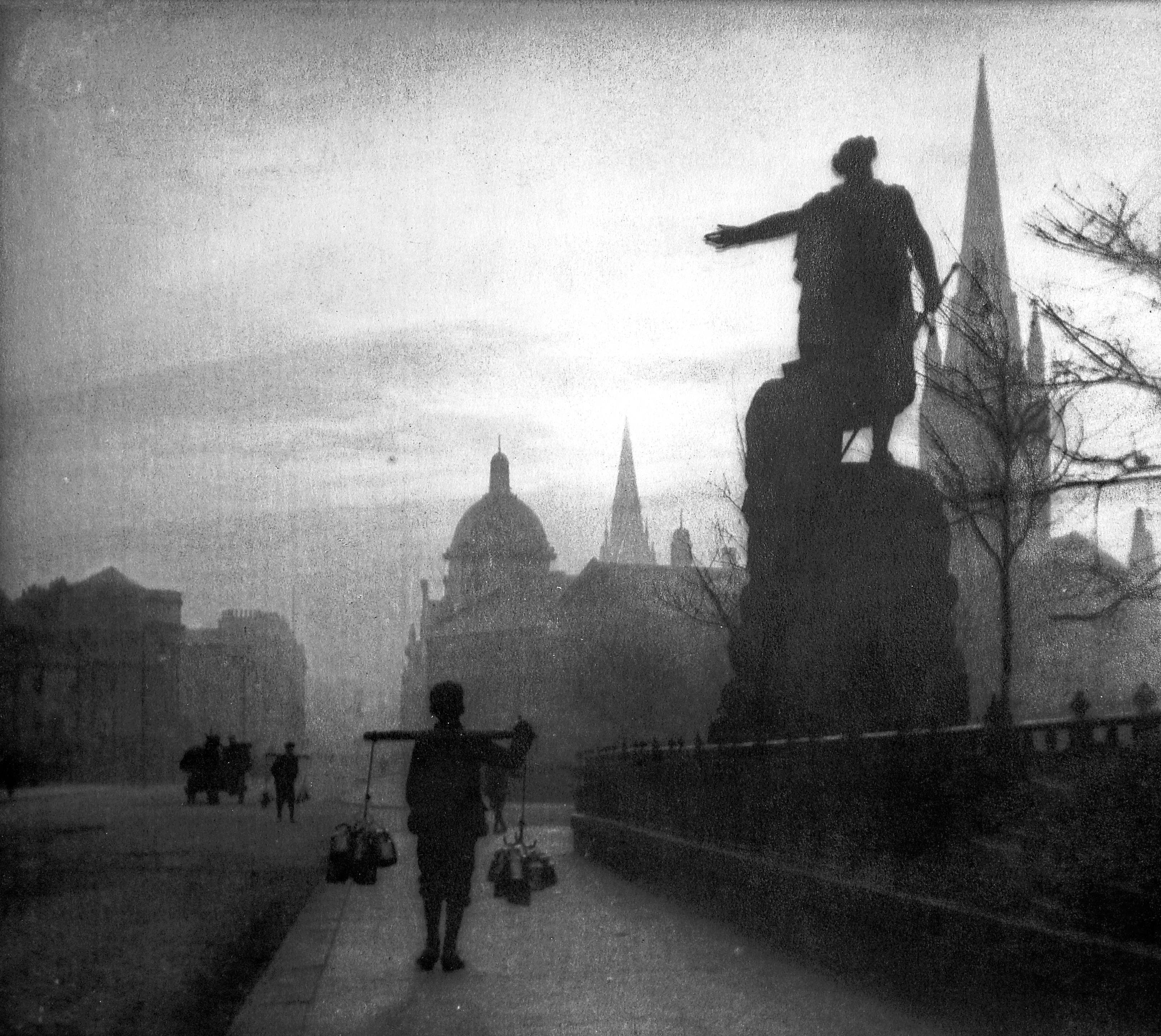
Taken in Aberdeen, this is a metaphor and message – the promise of a new day, embodied in the milk boys, while liberty is captured in the statue of William Wallace.
AJ Stewart throws the hammer, Glenlivet, Unknown
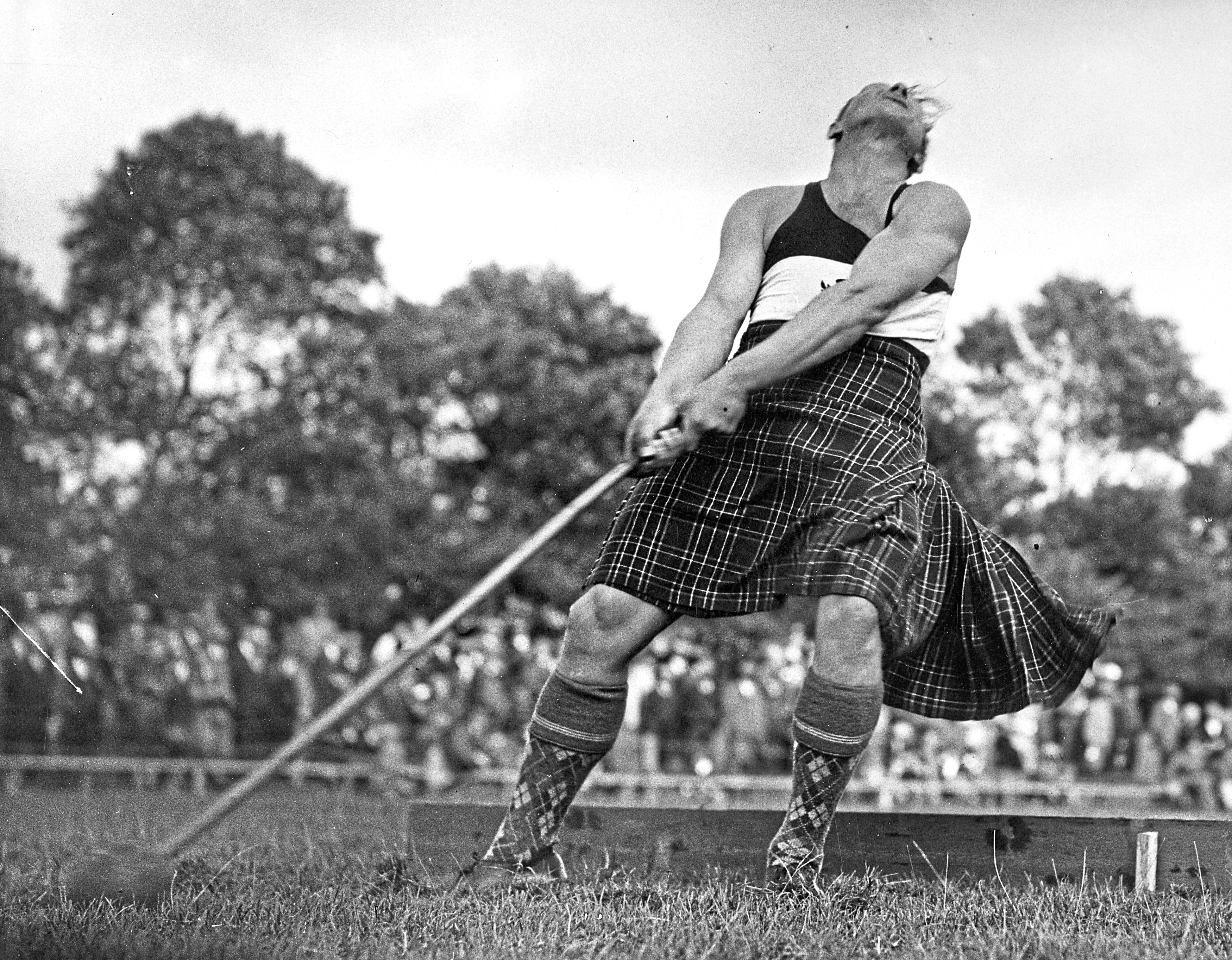
In the early 20th Century, rising income saw more interest in sports. This image show advances in camera technology.
Ferry Boat At Kyle Of Lochalsh, 1870s-80s, George Washington Wilson
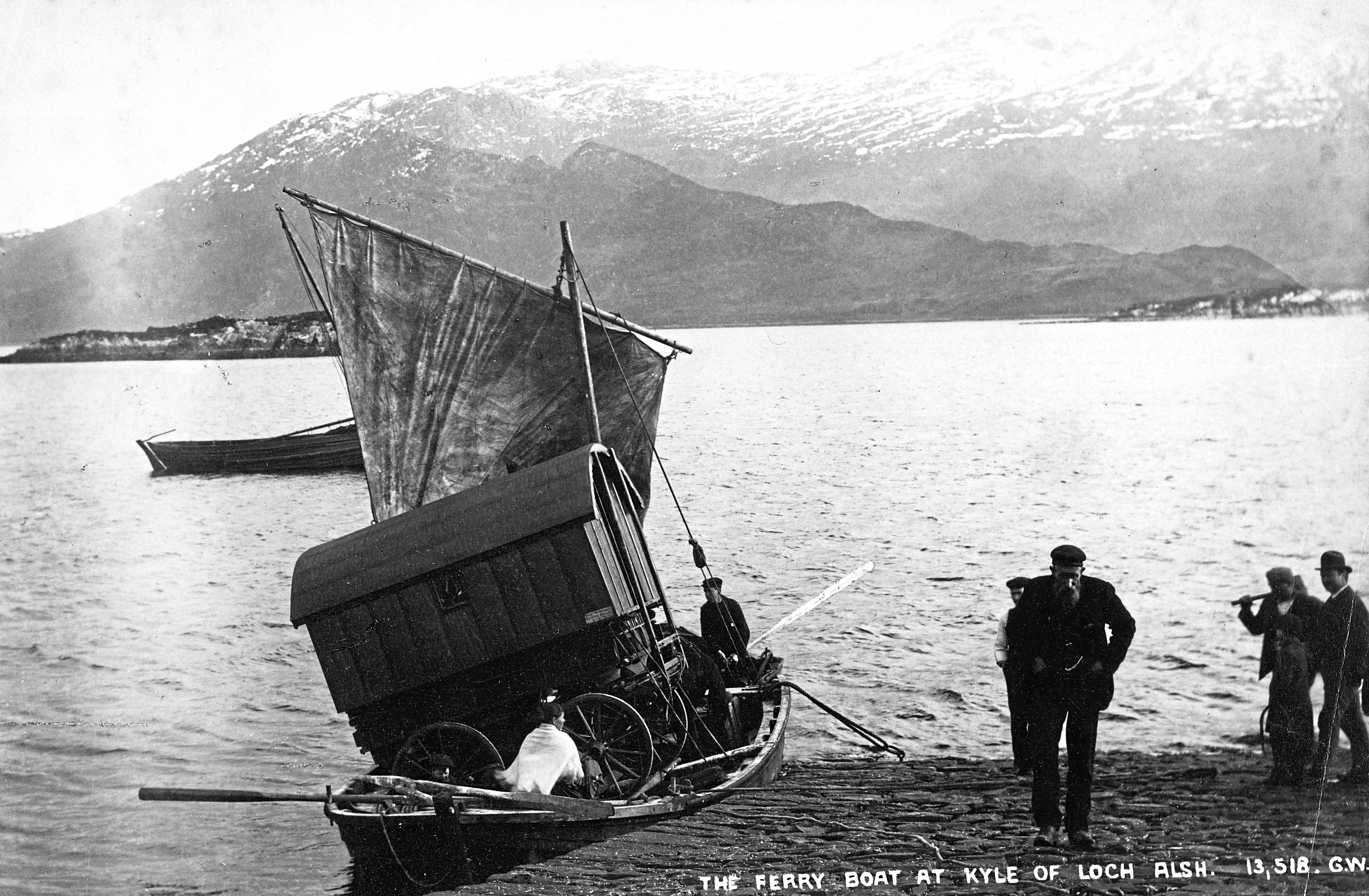
This isn’t the type of ferry service we’re accustomed to now. It’s useful to use this image in context with the Forth Bridge photo, as they were within two decades of each other, showing the technological advancements of the time.
Forth Bridge, 1888, George Washington Wilson
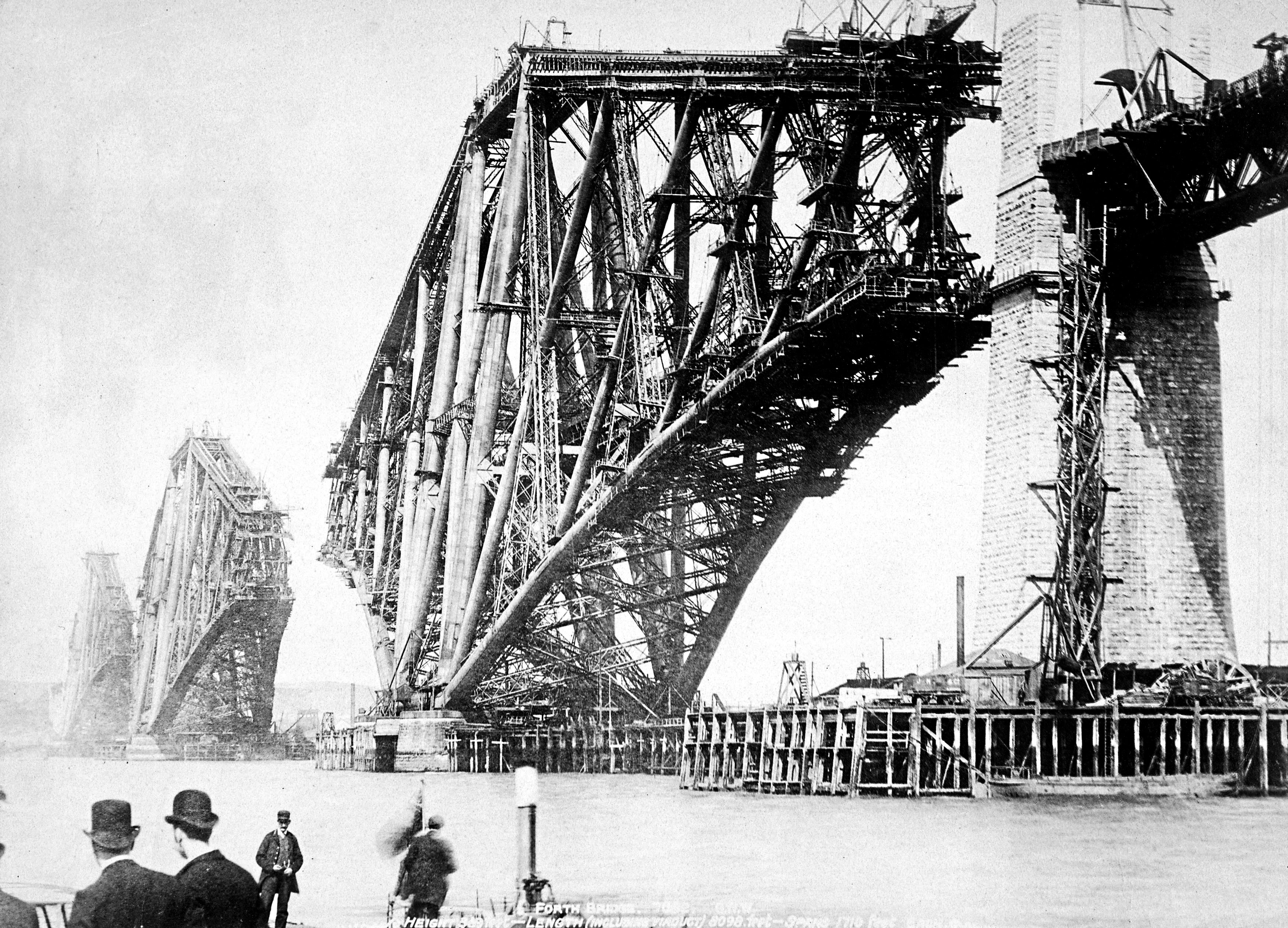
This shows the innovation of the Industrial Revolution, a true feat of engineering. I like to imagine what the men in the bottom left of the photo must have thought when they first saw the structure.
Strathmore Curlers Defeat The Throw, 1935, Star Photos, Perth
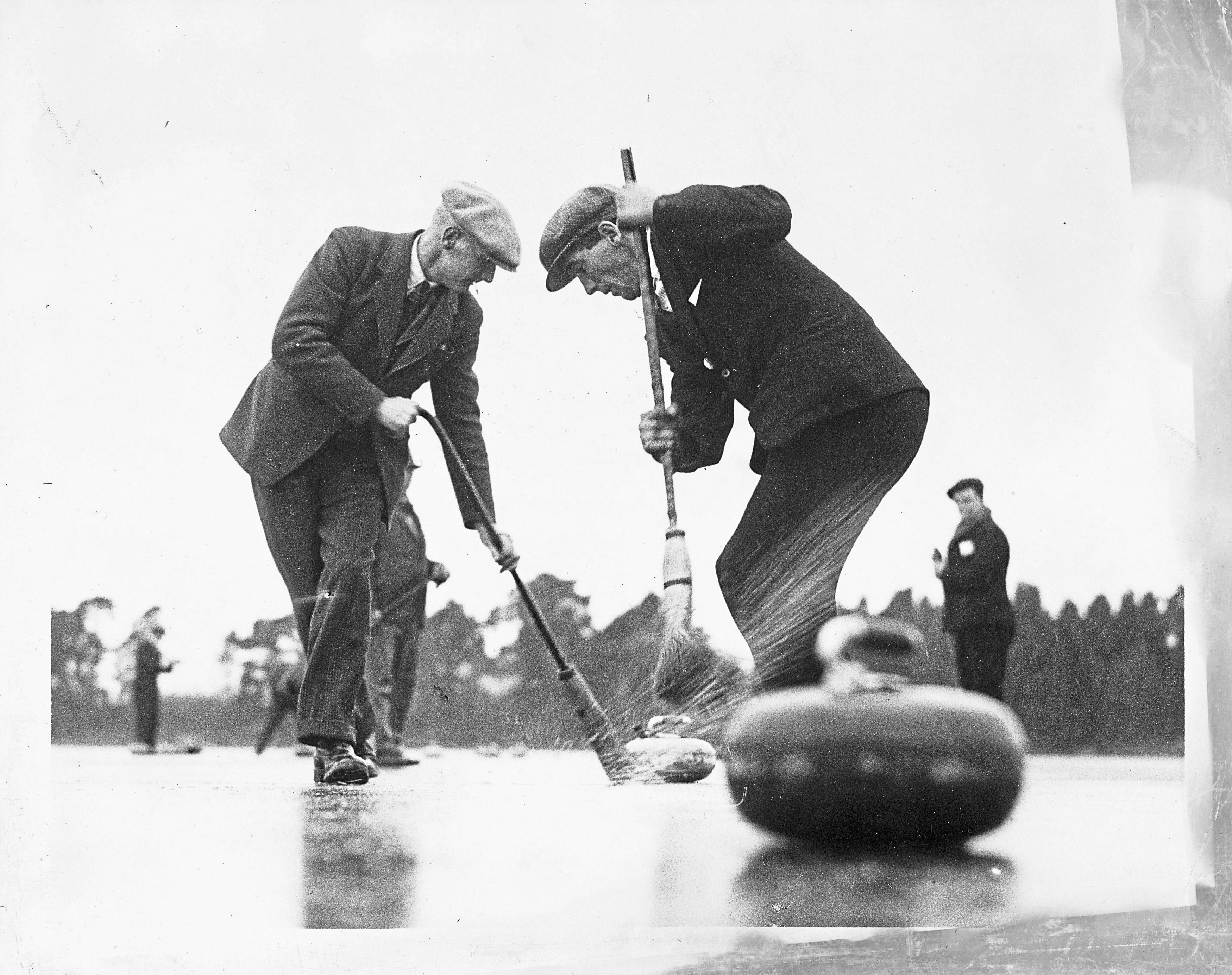
The camera angle used here is fascinating, taken low, right down on the ice. The whole scene feels in motion.
A Scottish Highlander, 1860, Andre Adolphe Eugene Disderi
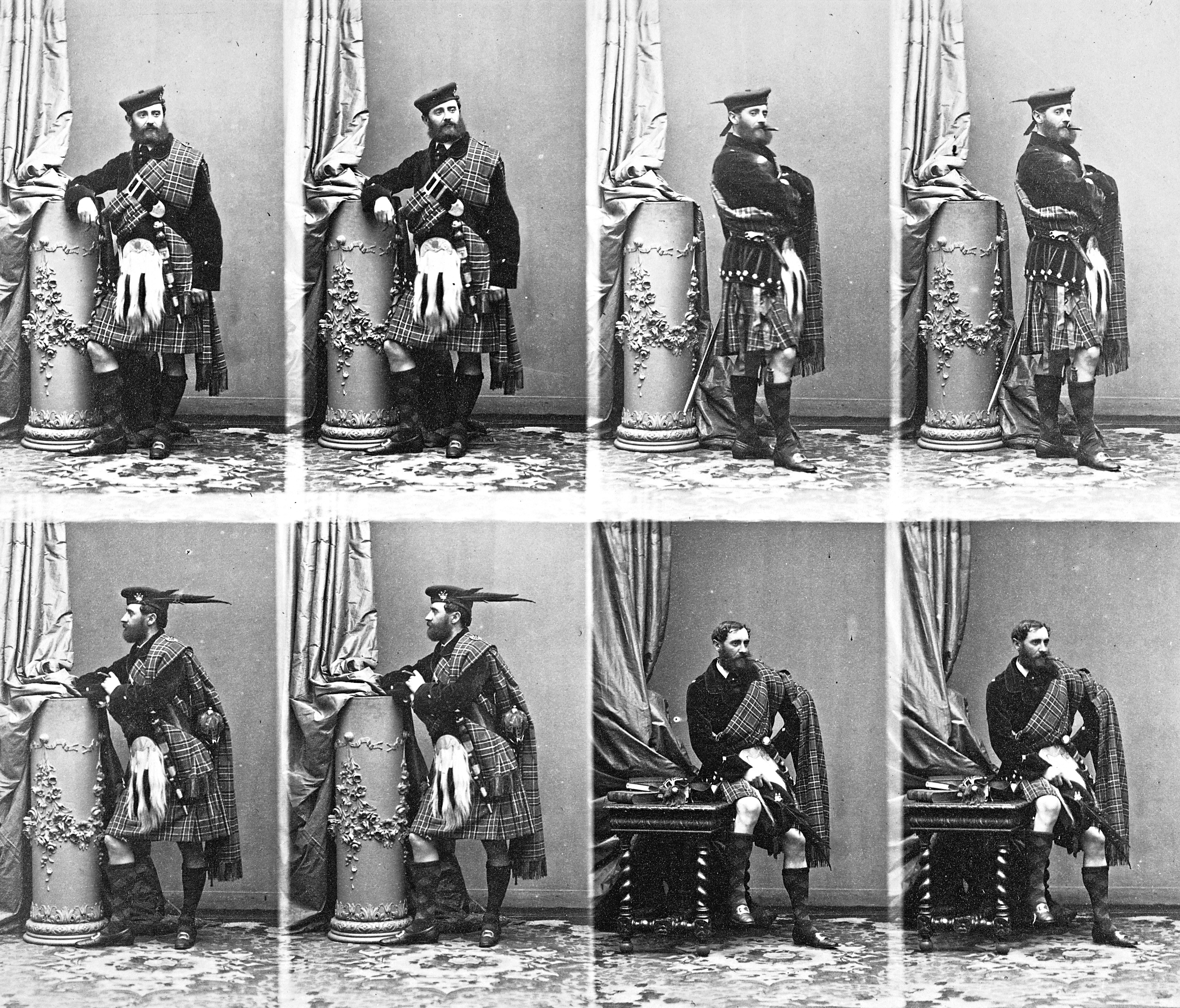
Andre was a French photographer who invented the carte-de-visite technique. The method created multiple images, the size of a calling card, on a single sheet of paper, which were then cut and mounted.
Scotland’s Photograph Album: The MacKinnon Collection, Scottish National Portrait Gallery and National Library of Scotland, until February 16

Enjoy the convenience of having The Sunday Post delivered as a digital ePaper straight to your smartphone, tablet or computer.
Subscribe for only £5.49 a month and enjoy all the benefits of the printed paper as a digital replica.
Subscribe